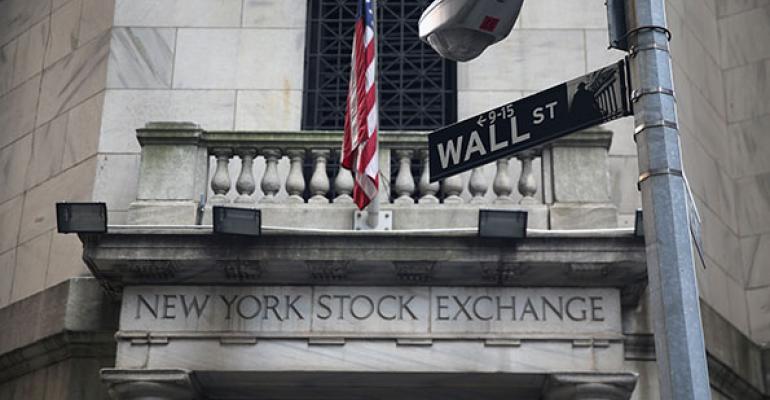(Bloomberg) -- The 60/40 portfolio saw investors through the cataclysm of the pandemic. The global recovery is now proving an even tougher test.
The strategy -- an investing stalwart since it arose from Harry Markowitz’s Modern Portfolio Theory about a half-century ago -- was already under pressure from the historic decline in bond yields. But the sharp move in the opposite direction is a more immediate threat, as recent market volatility has triggered tandem declines in stocks and bonds.
That jeopardizes the relationship at the heart of 60/40, which relies on the smaller, fixed-income allocation cushioning losses when riskier assets slump. The prospect of a faster economic recovery due to vaccines and heavy government stimulus has hit bonds hard, driving yields up at a speed that’s roiled equity markets. The method now faces one of its most severe tests since 2016, when U.S. President Donald Trump’s election raised expectations that lower taxes and lighter regulation would turbo-charge growth.
Portfolios based around 60/40 performed in 2020, with Bloomberg indexes tracking global and U.S. models providing returns of 14% and 17%, respectively. That hasn’t silenced calls to rethink or abandon the strategy, which mounted after losses in 2018. Cathie Wood recently suggested adding Bitcoin as a hedge against inflation.
Still, the strategy has some prominent defenders.
“If anything, the selloff you’ve seen year-to-date gives you a better entry point for fixed-income in portfolios,” said Erin Browne, multi-asset portfolio manager at Pimco in Newport Beach, Ca. “I don’t think by any means that the negative correlation between stocks and bonds has disappeared, or made bonds less relevant in multi-asset portfolios.”
Derivatives Are Replacing Bonds as Some Fund Managers’ New Hedge
The performance this year underscores the strategy’s resilience. The euro area, Japanese and Canadian 60/40 strategies tracked were up 3% or more year-to-date as of March 15. The global and U.S. indexes were both up more than 1.5%.
“We’re not talking about what’s the best possible return on your money -- that’s another conversation,” said Kathy Jones, fixed-income portfolio strategist at Charles Schwab in New York. She pointed out that a balanced portfolio is defined as capital preservation, income generation and diversification from stocks and other risk assets.
Inflation Link
The correlation that matters is the tendency of bonds to weaken, driving yields higher, as stock markets climb -- and vice versa. That positive link between yields and stocks has held since the turn of this century with only minor interruptions, in large part because of benign inflation.
That relationship would only break down if there’s a regime shift in inflation expectations, which major central banks have succeeded in keeping anchored for decades, said Brian Sack, director of global economics for the D.E. Shaw Group. The firm threw its weight behind the hedging power of Treasuries in a paper released last month.
The paper argued that U.S. government securities acquitted themselves well in the big test of the risk-asset drawdown in March last year. German and Japanese bonds were less effective, because their sub-zero yields created a situation where they were “meaningfully impaired as hedging assets.” A similar fate is looking less likely for Treasuries after recent volatility steepened the U.S. curve, Sack said.
“The rise in yields, if sustained, would provide more room for yields to fall in the future in response to a negative shock,” he said.





